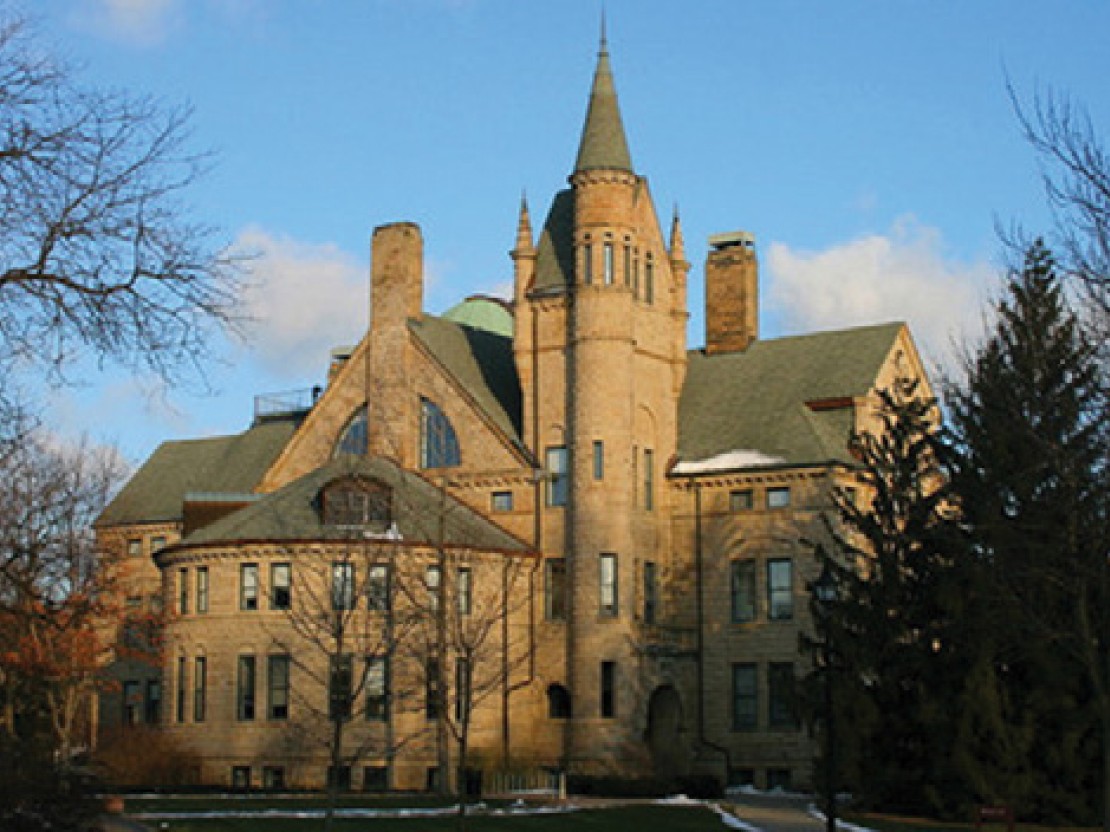But by 1861, and the start of the Civil War, there were more than 20 coeducational schools thanks to educational reformers fighting for access for women, black students, and minors, too.
Here is a list of the first five American colleges to turn coed before the Civil War:
1. Oberlin College:
Like CMC’s first alumnae, Oberlin is a pioneer. Pictured above, this liberal arts college in Ohio was the first to accept men and women as well as black students in 1835. That commitment to erasing the line between genders and races led many of the college’s students and faculty to later get involved in the Underground Railroad.
2. Hillsdale College:
Like Oberlin, Hillsdale College in Michigan was another community that embraced progressivism—and abolitionism— and banned all discrimination based on sex, race or religion in its charter.
3. Franklin College:
This Indiana college was founded in 1834; about ten years later, in 1845, it became the third U.S. school to open its doors to female students for four-year degrees.
4. Baylor University:
The oldest university in Texas, Baylor’s history of coeducation started with its founding in 1845. Its coeducational status shifted back and forth over the years—including several splits into separate campuses and identities.
5. Otterbein University:
This Ohio school founded by the Church of the United Brethren in Christ was the first to open its doors to women as faculty and students. Like Oberlin and other Ohio schools, Otterbein assisted in liberating runaway slaves.
Source: Collegestats.org
